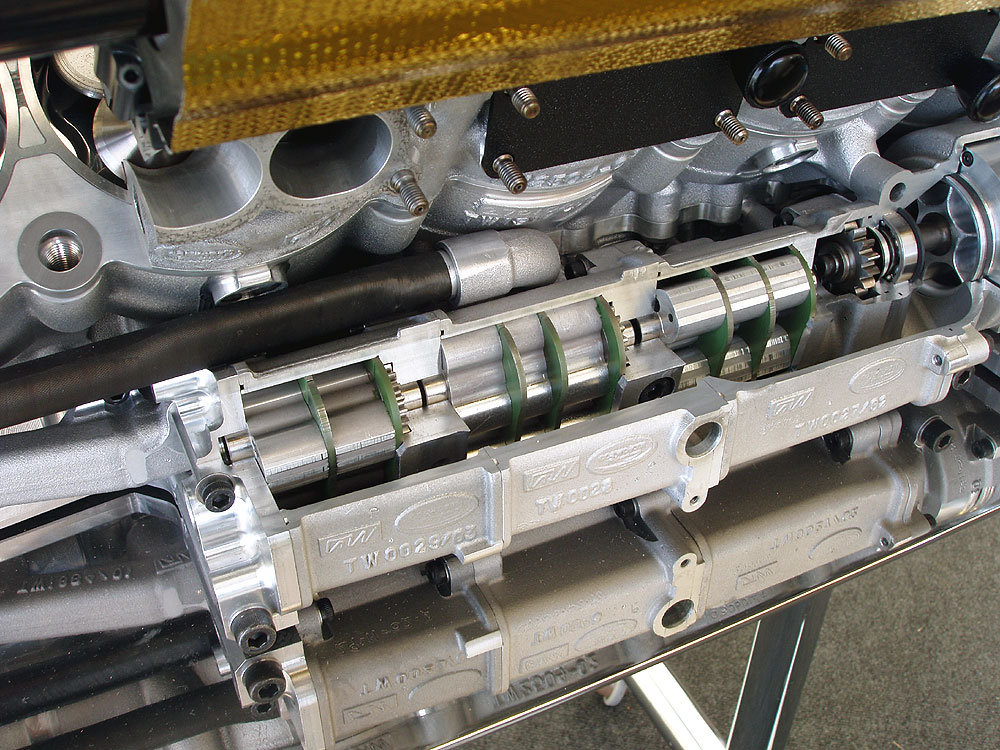saviour stivala wrote: ↑16 Sep 2019, 17:09
Reducing the reciprocating mass because friction and vibration increase quadratically with rise in engine speed.
This statement is one of the engineering mantras that have been bothering me for a very long time.
At first glance it appears perfectly reasonable - the shear force is proportional to the sliding velocity. Since the power loss is shear force times velocity, the power loss is proportional to the velocity squared, however:
1. All tribological contacts within an engine are a combination of asperity contact and hydrodynamic lubrication. Journal bearings can be said to be predominantly hydrodynamic (yet they too exhibit some form of asperity contact, otherwise they would never wear) while piston rings for example operate in in boundary / mixed lubrication regime dominated by Coulomb friction. Since Coulomb friction forces are purely a function of normal force and coefficient of friction, the power loss increases with the first power of velocity. Actually, it has been shown that a "dry" coefficient of friction decreases slightly with velocity.
2. The oil viscosity decreases quite dramatically with shear rate and temperature (see Cross and Vogel models respectively). That means that as the engine speed increases, the viscosity decreases such that power loss does not increase as steeply as velocity squared. Secondly, since most of the that power loss goes into heating the oil it causes a secondary decrease of viscosity due to thermal effects.
This is why it is not at all uncommon to see FMEP traces which are almost perfectly linear with engine speed. In my experience the steepest FMEP increase with engine speed are usually caused by the fluid pumps.
As a side note, in turbomachinery where unbalance forces are significant (the main source of bearing loads) there tends to be a more pronounced friction increase with speed since unbalance forces increase with the square of angular velocity. This is definitely not the case with reciprocating engines where loads are dominating by firing, gears, springs etc. and inertial loads are relatively small.


